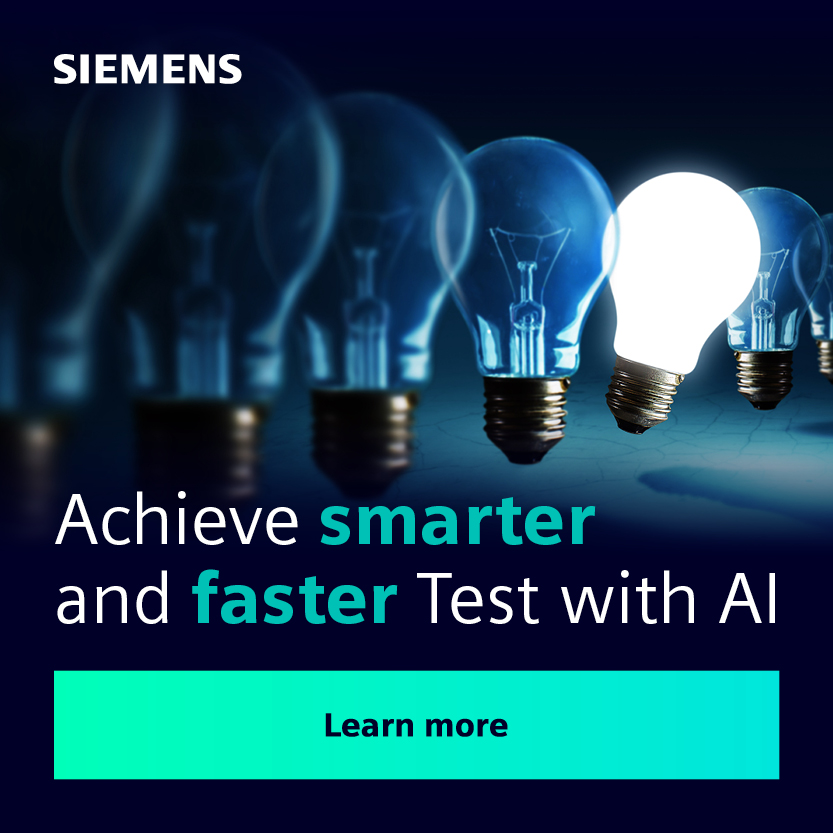
- This event has passed.
Accelerate your Ansys Lumerical Simulations with High Performance Computing
August 5, 2020 @ 10:00 AM - 11:00 AM
This webinar showcases Ansys’ continuing commitment to HPC for its Lumerical photonic simulation tools, including Lumerical FDTD. Ansys’ high performing FDTD works seamlessly with both in-house clusters and cloud platforms, allowing designers to meet aggressive deadlines on-time and on-budget. Following up on our initial HPC webinar, this webinar provides an overview of Ansys’ HPC solution for photonics simulations using FDTD and Python API driven workflows on the cloud. It also demonstrates new HPC features for Lumerical products including support for cluster management and job scheduler tools. Furthermore, FDTD port calculations have been moved to the engine and we have made significant performance improvements to the API and FDTD meshing.
HPC and computing at scale allows designers to meet aggressive deadlines on-time and to tackle larger and more complex problems that were not feasible before. Cloud computing platforms provide secure, flexible, elastic computing with leading edge hardware and no large upfront cost. They offer a convenient solution to users who are looking to test hardware before purchasing, to complement an in-house cluster, or for users looking to move all their computing effort to the cloud. Such flexibility is attractive for designers requiring massive computing resources for only a short duration during the development cycle. Whether it is an optimization such as Photonic Inverse Design or a large FDTD simulation, elastic computing can further reduce the turnaround time of workflows by distributing the effort across multiple nodes allowing a job that would take 10 hours on a single computer to run in 1 hour on 10 computers for the same cost.
We begin by describing the benefits of HPC for FDTD simulations including the features and support provided by Ansys to get photonic designers up and running with HPC in minutes. Then we provide a brief review of performance considerations and outline the economic benefits of cloud computing, describing some of the new API and meshing performance improvements. Afterwards, we include a series of demonstrations starting off with the setup of third-party job scheduling tools. The advantages of these tools are highlighted in the context of license utilization and throughput. Next, we will configure a cluster in the cloud and discuss how to use this as a template for your own cluster. Finally, we launch a large FDTD sweep while making use of an integrated job scheduler.
Share this post via:












The Data Crisis is Unfolding – Are We Ready?